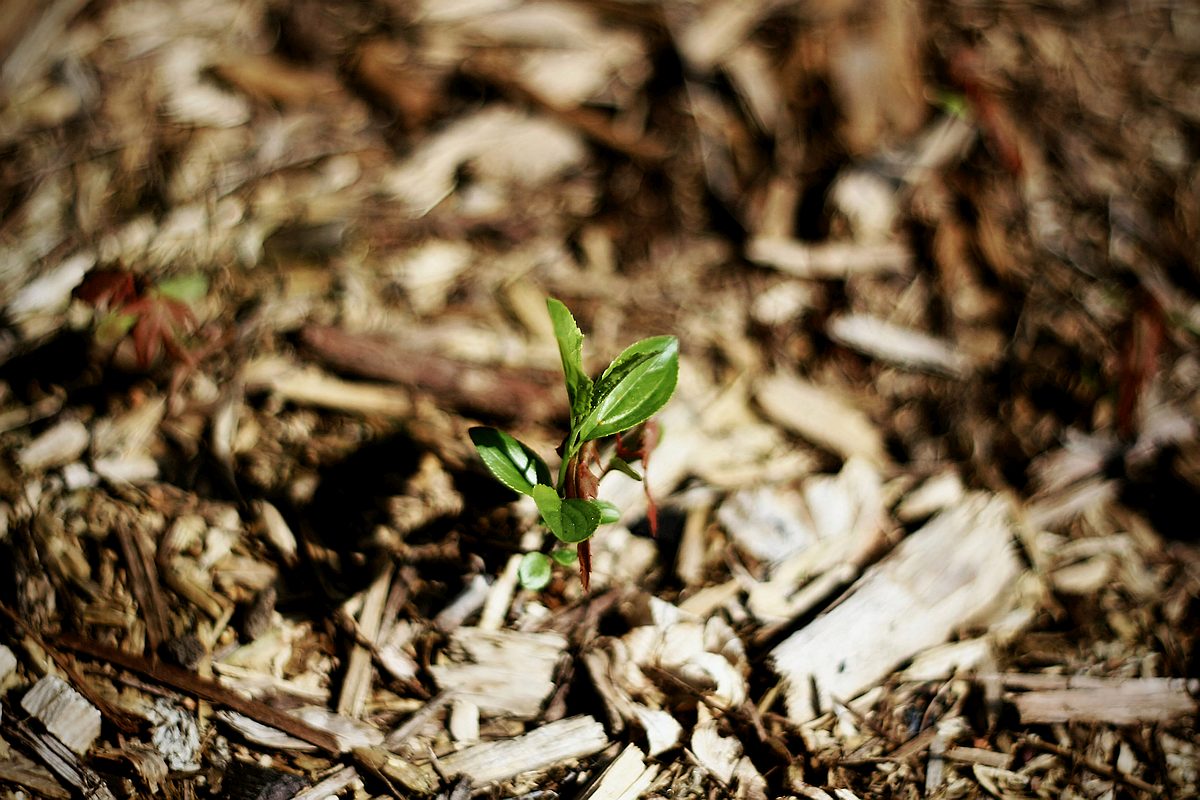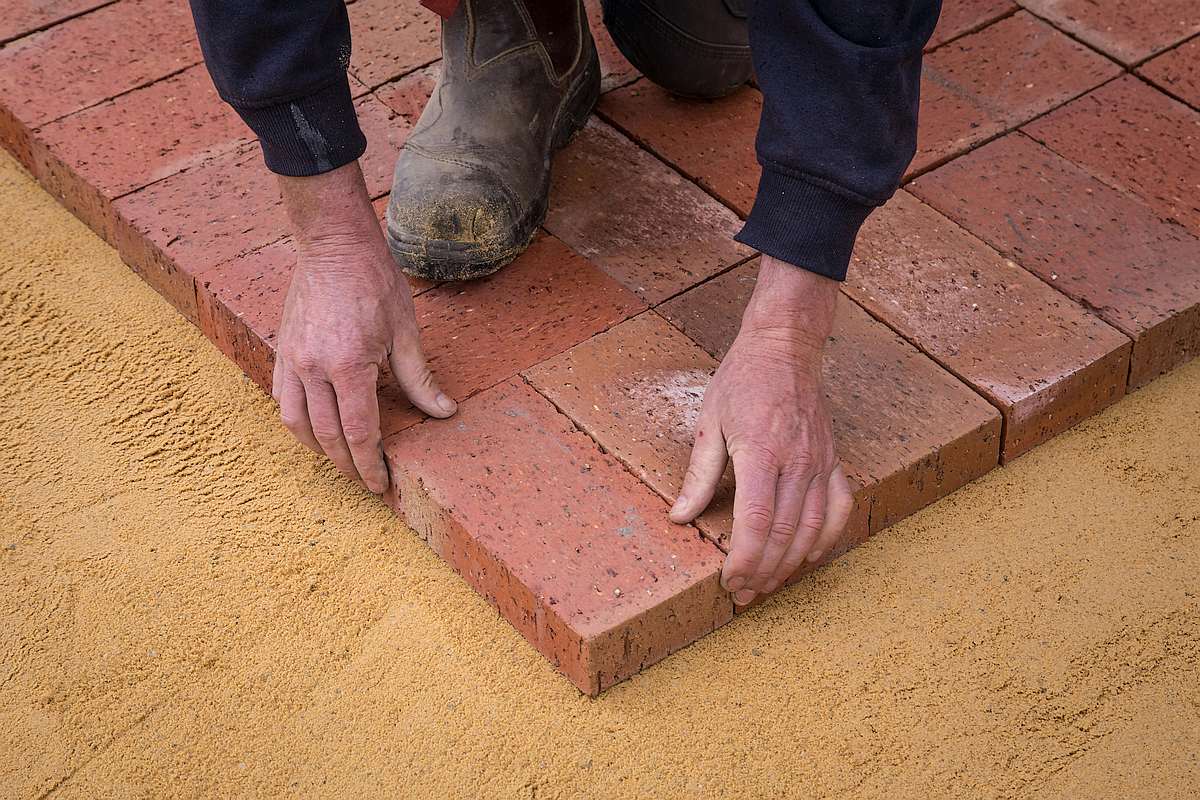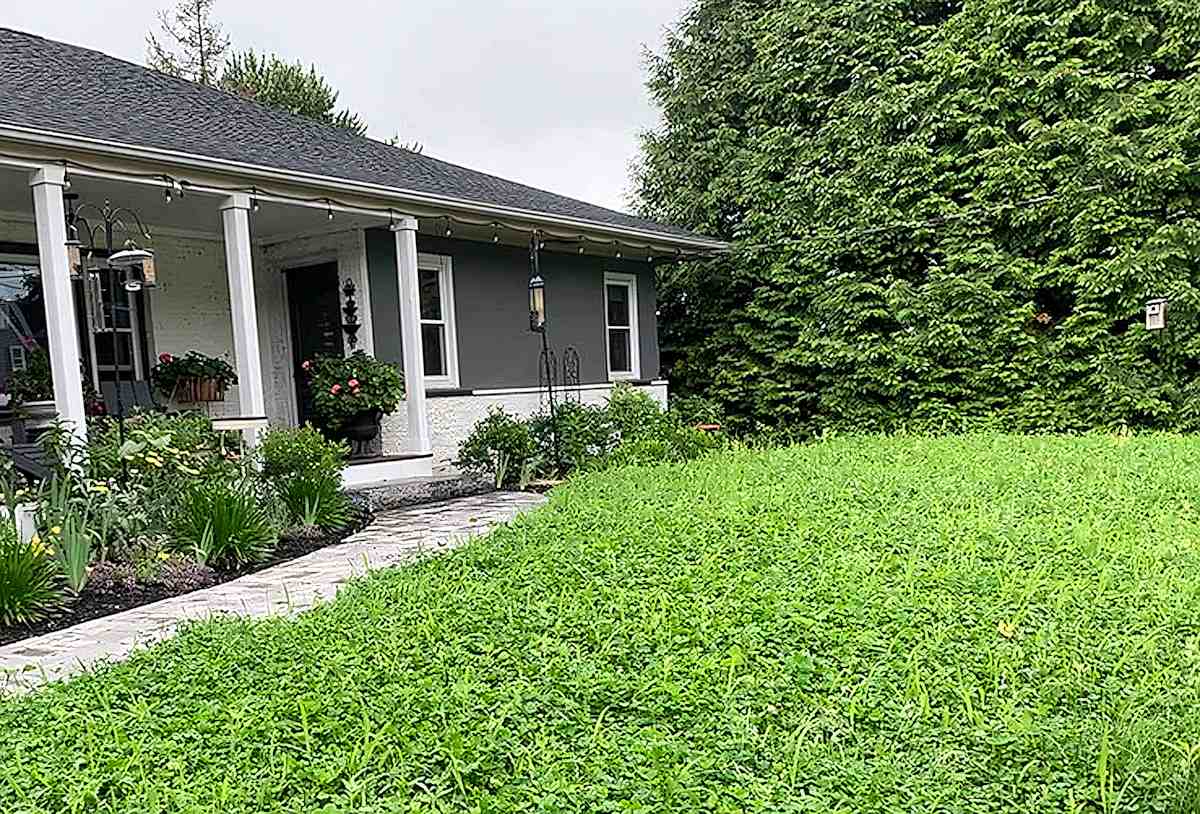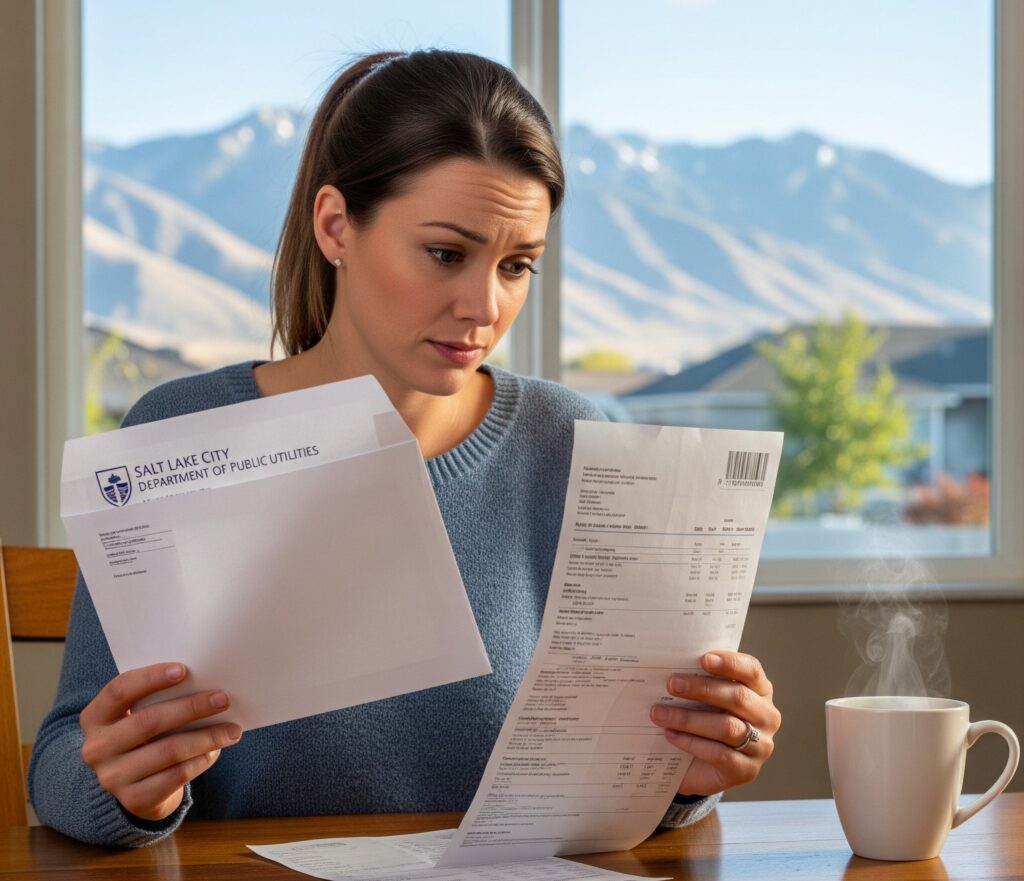Why are so many homeowners in Utah replacing their grass lawns?
Many want lower-maintenance yard areas that don’t require so many hours in the yard and precious water resources or the expense of grass lawns.
Kentucky bluegrass, which is generally considered the best lawn grass in Utah needs a lot of love, attention, and resources.
Many homeowners seek the same lush, verdant appearance of these lawns—but using an artificial grass alternative—or are re-thinking their backyard landscaping ideas completely to install other ground surfaces.
So., what are the main grass alternatives in Utah?
Let’s find out your options…
WHY SWITCH TO GRASS ALTERNATIVES IN UTAH?
Mowing and tending the lawn is one of the most unwanted household jobs for homeowners across the country. That’s not surprising when lawn and garden care take up an average of 70 hours per year—time that could spent doing things they love.
When we also consider the following factors, replacing a grass lawn with an alternative can make a lot of sense:
- Grass lawns need a lot of water and other resources to retain a pristine appearance.
- With increasing drought and water restrictions in Salt Lake City and beyond, moving away from real grass has considerable benefits.
- Real grass often also guzzles fossil fuels to run lawnmowers, weed-whackers, and other garden machinery.
- Fertilizers, herbicides, and weed killers often add toxic chemicals to the yard and wider environment.
- The cost of real grass lawns adds up when you consider the annual maintenance costs of real grass—estimated at $1,600-$1,700 for a large, 10,000-square-foot lawn.
- Pets often create headaches for lawn owners with digging, bald patches, and yellow stains.
- Real grass grows poorly in the shade and requires considerable sunlight and decent soils to grow well—these worries can be forgotten with many grass alternatives in Utah.
- Real grass also goes brown in drought far quicker than many grass alternatives.
Even a 1,000-square-foot lawn requires, on average, 620 gallons of water each watering to stay healthy.
People in Utah will increasingly face risks from heat and drought due to climate change over the next three decades. This should prompt some re-thinking of ground covers as water becomes scarcer. The following Utah grass alternatives can help with that—from artificial grass and other non-organic surfaces to organic alternatives that thrive in our climate and soils.

GET A FREE ARTIFICIAL GRASS ESTIMATE IN UTAH
If you’re in Salt Lake City or the surrounding areas, the experienced team at Rocky Mountain Turf will break down the costs for you in a free estimate. Contact us here.
TOP 9 GRASS ALTERNATIVES IN UTAH
Here are your best options for switching to a grass alternative in Utah…
1. Artificial grass
More yards in Utah are converting to artificial grass lawns because they stay green all year round with virtually no maintenance. Once installed, landscaped artificial turf requires no water, sunlight, chemicals or expensive lawn care.
So, artificial turf saves time, resources, and money, while maintaining the verdant, lush appearance of real grass.

The best artificial grass lasts up to 20 years and is highly cost-effective. Artificial lawns are more expensive to install than natural grass but pay back the return on investment within about five years.
Another attraction of artificial grass is its versatility. As well as backyard lawns, turf can be used for playgrounds, pet areas, backyard putting greens, and commercially for sports fields.Artificial grass gets hotter than real grass in the summer but the best products use cooling technology to reduce temperatures to comfortable levels.

2. Mulch
Mulch is another grass alternative that’s well-suited to Utah yards. It is generally made from a combination of organic materials like tree bark, wood chips, and pine straw, providing a natural aesthetic.
Mulch is an affordable and versatile ground covering that is suitable for most climates. It is often used in tandem with other ground surfaces like artificial grass, pavers, gravel, and so on. It can also be spread liberally in yards around native Utah shrubs and plants.

Mulch can trap moisture and bacteria, which can lead to pests, and may become easily dislodged. Besides these, there are few downsides to using mulch in Utah backyards.
3. Stone or red-brick pavers
Stone pavers are another grass alternative you’ll see often in Utah—usually in combination with other ground surface materials but also as the main material in low-maintenance backyards.
Stone pavers look more stylish than poured concrete and can be used for entire patios, paths across artificial grass lawns, beside swimming pools, and more. They last forever and need virtually no maintenance, other than replacing a broken or chipped paver and an occasional hose down to clean.

The only downside of stone pavers is that they can be slippery when wet and hot when sunny—and they provide a very hard surface for falls if you have elderly people or children using the yard space.
An alternative to stone pavers is red-brick pavers, which have the same benefits and drawbacks as stone pavers but might not be quite as durable and produce a different aesthetic for the yard.

4. Pea gravel
Pea gravel is another popular grass alternative you’ll see often outside Utah homes—in front yards by driveways and in back yards.
This type of gravel is found near water sources as it’s been weathered by water action, producing smooth, rounded pebbles that are comfortable and safe to walk on.
Pea gravel is varied and has diverse uses. Its colors range from cream to tan and gray, offering both beauty and practicality to yards—especially around flower beds, driveways, trees, and shrubs, and in combination with artificial grass or mulch.

If the ground beneath it is prepared properly, pea gravel needs next-to-no maintenance and allows good drainage. It does, however, get hotter than grass in direct sunlight and may be easily dislodged by boisterous pets or children.
5. Crushed rock
Crushed rock is an alternative to grass and pea gravel in Utah. Unlike pea gravel, crushed rock has more jagged edges and is less consistent in its texture.
Generally, this type of ground material consists of pieces of limestone or other rock types crushed in an industrial processor. It produces a very low-maintenance surface with good drainage. Like pea gravel, it works well alongside other landscaping materials.

The main downside of crushed rock is that the jagged edges may cause injury if somebody falls and boisterous pets and children may dislodge sharp pieces of rock that cause problems on adjacent surfaces.
6. Creeping thyme
If you want to retain the natural aesthetic in your yard but without guzzling water with a grass lawn, you can try a low-water alternative ground covering like creeping thyme.
Some varieties of creeping thyme grow very low to the ground—no more than half an inch or so—and, therefore, require very little maintenance. Although they don’t handle foot traffic as well as other ground coverings detailed here, most varieties can handle some wear and tear.
Creeping thyme works well between pavers but be prepared to choose between several varieties, such as red creeping thyme (which has glossy, dark green leaves that turn purplish in winter, as above) and woolly thyme, which is a lighter green color.
7. Sedum
Native Utah sedum is a rubbery succulent plant that is another popular, low-growing ground covering that Utah homeowners can use in combination with other ground materials to replace grass lawns.
Some varieties have bright yellow, red, blue or variegated foliage but will generally resist the attention of wildlife well. Sedum can add a dash of color to yards alongside mulch, pavers, gravel or artificial grass.
Most sedum varieties are low maintenance and grow only two or three inches high.
8. Clover
Clover is another grass alternative in Utah. It has broad, low-lying leaves. Sometimes, clover grows by accident and takes over a lawn—and homeowners simply stick with it because it is so easy to maintain even in shaded areas with foot traffic.
This hardy herb once had a reputation for being unsightly on lawns. Homeowners would try to remove it with chemicals. As more water-friendly alternatives to grass are sought, clover has made a comeback and is now actively encouraged in some yards in Salt Lake City and beyond.
Clover provides a natural verdant look but without the mowing, water or fertilizer of grass lawns (clover releases nitrogen).
If you like the look of clover, the only downside is that it can look a little beaten down once it gets walked on. Clover generally fares better in the cooler seasons than in searing summer heat.
9. Sulfur buckwheat
Sulfur buckwheat is a low-growing Utah native plant that looks good all year round with the minimum of fuss—even in the hottest summers.
Sulfur buckwheat will cover your yard with darkish-green leaves that turn reddish to purple in fall and winter. In summer, yellow pom poms fade to orange and tan as the summer cools off. So, you’ll be able to add color to the yard, with sulfur buckwheat working well alongside other ground coverings like pavers and artificial grass.
Bear in mind that when it’s flowering, sulfur buckwheat grows tall enough that you cannot step over it.
FAQs
How much maintenance is required with artificial grass?
Artificial grass requires minimal maintenance but should not be installed and simply left year after year. Occasional cross-brushing, hosing down, and removal of debris are recommended to keep your synthetic turf lawn in tip-top condition.
How much can you save with artificial grass?
Artificial grass is more expensive to install than real grass but if properly installed and looked after, it pays back the investment in around five years, saving thousands of dollars for homeowners over its long, 15- to 20-year life. Estimates put savings at around $1,000 per year for many homeowners.
How long does artificial grass last?
Your artificial grass should last a minimum of 10 years and if properly installed and maintained, up to 15 or 20 years.

CONSIDERING A SWITCH TO ARTIFICIAL GRASS?
If you’re mulling over landscaping ideas for your Utah backyard, feel free to discuss your ideas with one of our artificial turf professionals.
















